The Valley of Flowers and Hemkund Sahib Trek is one for the bucket list. The entire trek can be completed in 8 days, making it an ideal adventure for those with limited time. A well-planned itinerary is essential to complete the trek successfully. This stunning Himalayan landscape is home to a variety of flora and fauna, including over 500 species of wildflowers. The trekking trails are well-maintained with plenty of accommodation options along the way, making it the perfect destination for a hassle-free trekking adventure.
The following is a suggested itinerary for the Valley of Flowers and Hemkund Sahib Trek:
Day 1: Drive from Rishikesh to Joshimath. Arrive in Joshimath and acclimatize.
Distance: 250 km
Duration (approx): 7 hours
There are various ways to reach the Valley of Flowers. The journey to the Valley of Flowers and Hemkund Sahib trek begins in the town of Rishikesh. It is located along the River Ganga in Northern India. There are plenty of activities to explore in Rishikesh. After arriving in this lively and bustling town, you will begin the drive to the mountain village of Joshimath. You will spend your first night here getting acclimated to the higher elevation. There are plenty of hotels and accommodation options in Joshimath. As you make your way through the rugged Himalayan terrain, be sure to take in all of the breathtaking scenery that surrounds you – from soaring snow-capped peaks to verdant alpine meadows filled with colorful wildflowers. Once you arrive in Joshimath, be sure to get some rest so that you’ll be ready for the adventure!
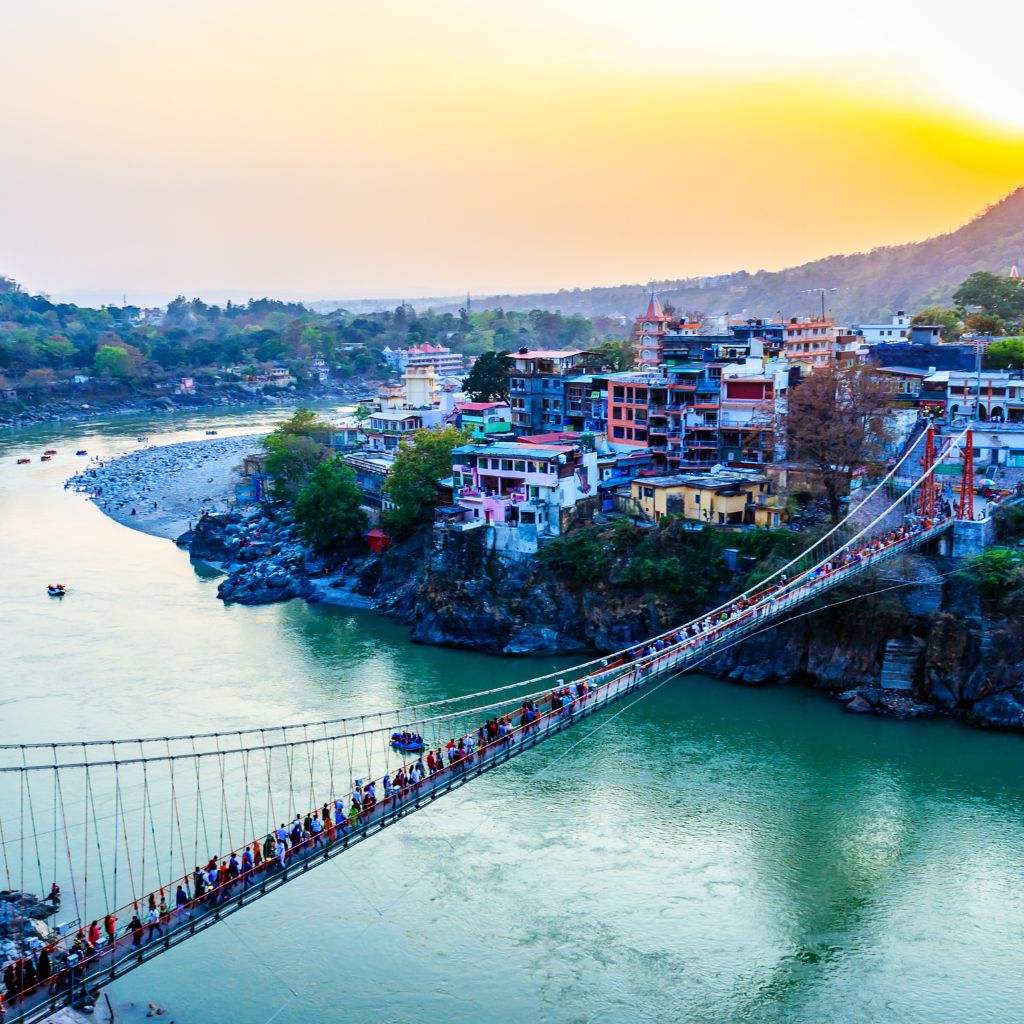
Day 2: Acclimatization trek from Joshimath to Auli
Distance: 13 km
Duration (approx): 4 hours
Day 2 of your Valley of Flowers and Hemkund Sahib Trek itinerary will be focused on acclimatization. This is an essential part of any trekking adventure. As such, you will begin the day with a short trek from Joshimath to the beautiful ski paradise of Auli. Additionally, you can also ride the 30-minute ropeway on your return to Joshimath. It is definitely something one should experience while in Auli.
In the afternoon, you can visit Jyotirmath Temple, one of the most sacred places of worship for Hindus. Located at a higher elevation than Joshimath, Jyotirmath offers sweeping vistas of the surrounding landscape and an opportunity to truly meditate in harmony with nature.
Many trekkers skip this acclimatization trek and instead take the bus or ropeway from Joshimath to Auli. Whether you are an experienced mountaineer or just beginning your outdoor adventures, a trek to Auli is sure to be unforgettable! Furthermore, the difficult level of the Valley of Flowers trek is moderate. So, this small trek offers the perfect opportunity to immerse yourself in the journey and find your rhythm.
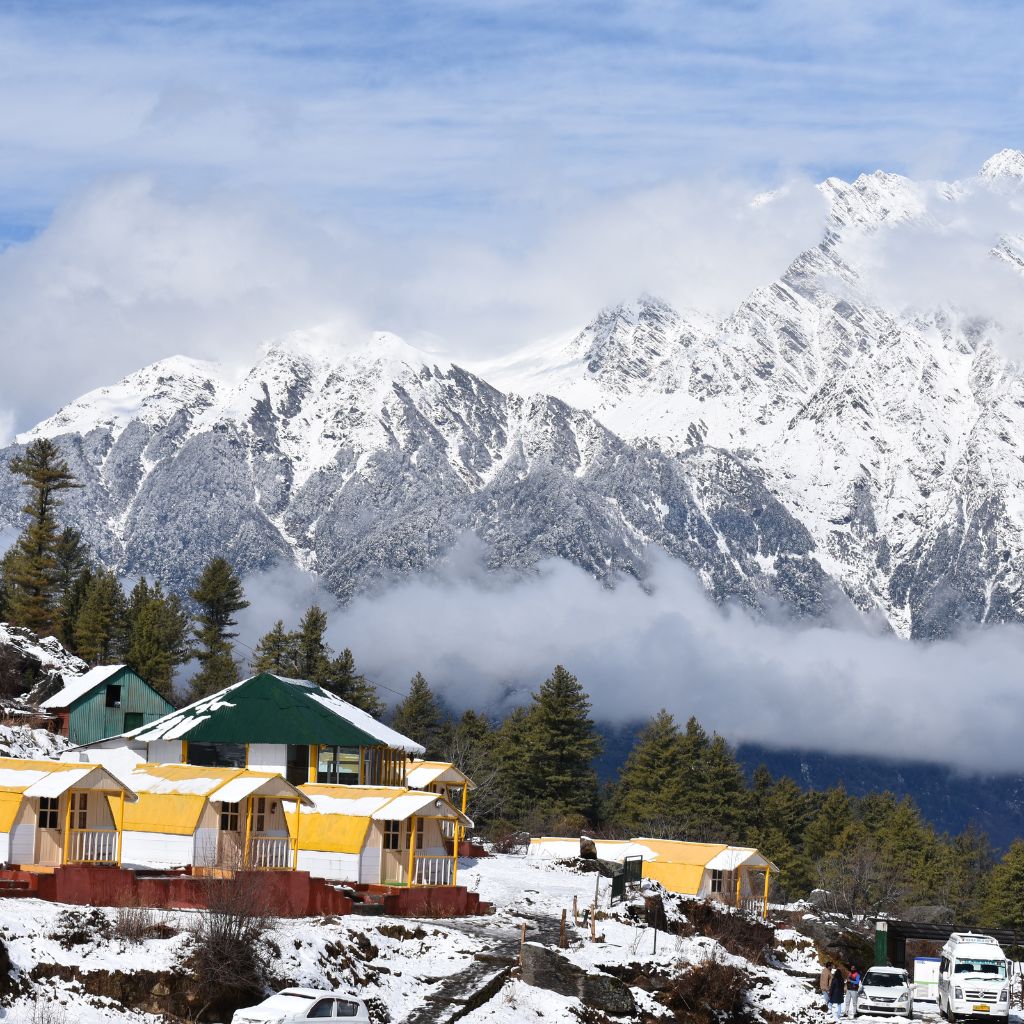
Day 3: Drive from Joshimath to Govind Ghat and start the trek to Ghangaria
Distance: 20 km (road) & 13 km (trek)
Duration (approx): 1 hours (drive) & 7 hours (trek)
Today, you’ll start your journey to the Valley of Flowers by taking an early morning bus from Joshimath to Govind Ghat. The drive takes about 1 hour, and you’ll arrive in Govind Ghat around 9 AM. You can pay your respect at the Gurudwara and partake in the Langar (meal served at the community kitchen). There are several budget hotels and guesthouses in Govindghat, it is a starting point for the trek to the Valley of Flowers. As an alternative to Joshimath, you can also spend a day here to acclimatize.
You’ll then begin your trek to Ghangaria, which is the base camp for the Valley of Flowers at 10,000 feet elevation. The trek is about 13 kilometers long and takes about 7 hours to complete. The total elevation gain is about 4,000 feet, so it’s a moderate hike. You’ll reach Ghangaria around 5 PM and will check into your accommodation. This will be your base for the next 3 days.
The Ghangaria village is a bustling hub of activity during the trekking peak season from May to October. Locals Prepare to cater to tourists and pilgrims who come to visit the nearby holy sites, such as the Valley of Flowers and Hemkund Sahib. These areas are inaccessible during winter when there is excessive snowfall and freezing temperatures. However, the village comes to life again in spring as the snow melts and people begin to make their way back up the mountain.
Update: You can now drive from Govind Ghat to Pulna village, cutting your trek by 3 km if you wish.
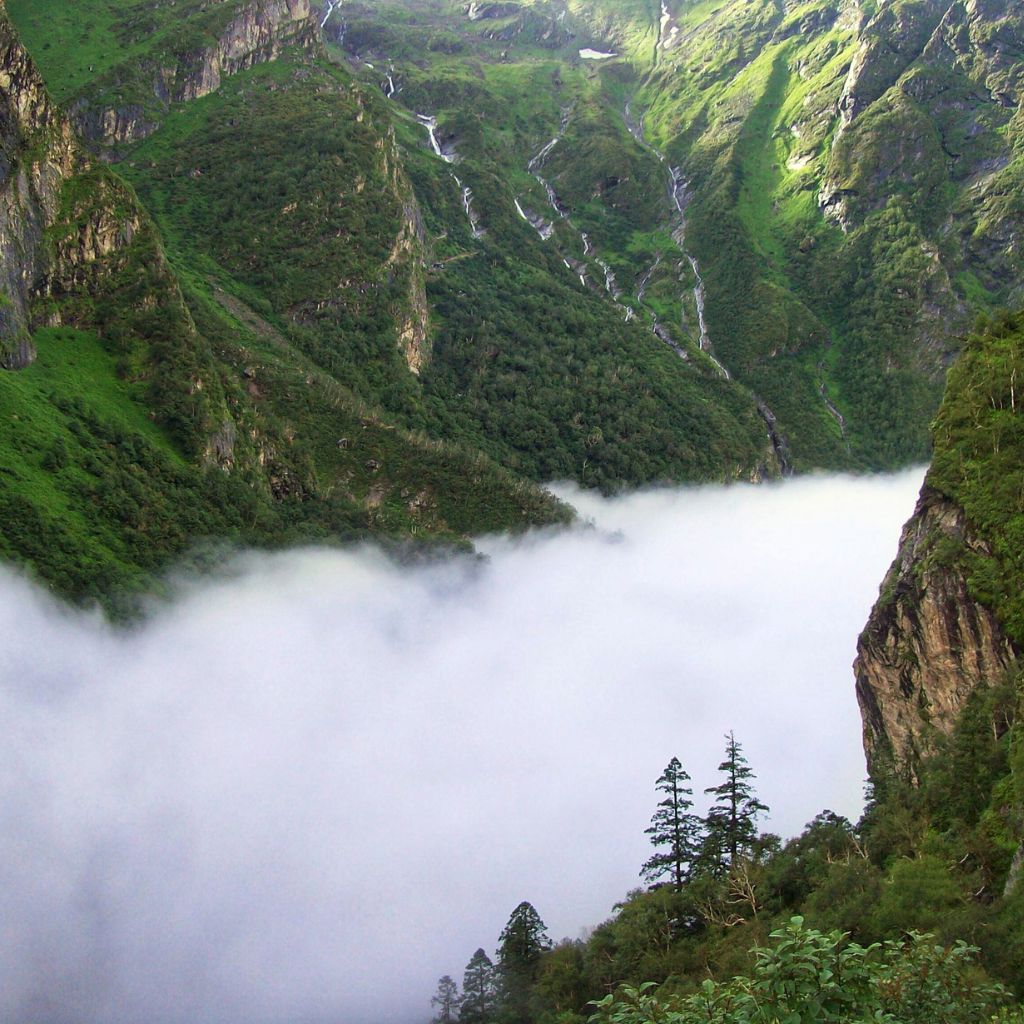
Day 4: Return trek from Ghangaria to the Valley of Flowers
Distance: 10 km (return)
Duration (approx): 4-5 hours
On day 4, you will reach your first destination: the magnificent Valley of Flowers. This area is famous for its vibrant array of blooming flowers, with species like pink anemones and yellow poppies covering the valley in a kaleidoscope of colors. The Valley of Flowers National Park is open from May to October. A permit is required to enter the park, and it can be obtained from the forest department office enroute. The park is open from 8 am to 5 pm, and visitors are advised to start their trek early in the morning (7.30 am) to avoid the unpredictable weather conditions that can occur after 1 pm. Please visit the official website for more information.
You may also want to read: Best time to visit the Valley of Flowers
The trekking trail to the valley is well-marked and easy to follow. It takes about 1 hour to reach the valley at 12,000 feet. But you will need much longer to explore all that it has to offer. Whether you are looking for a peaceful place to meditate or a lively place to wander around, the Valley of Flowers has something for everyone. Soak in the beauty of nature and let your worries melt away.
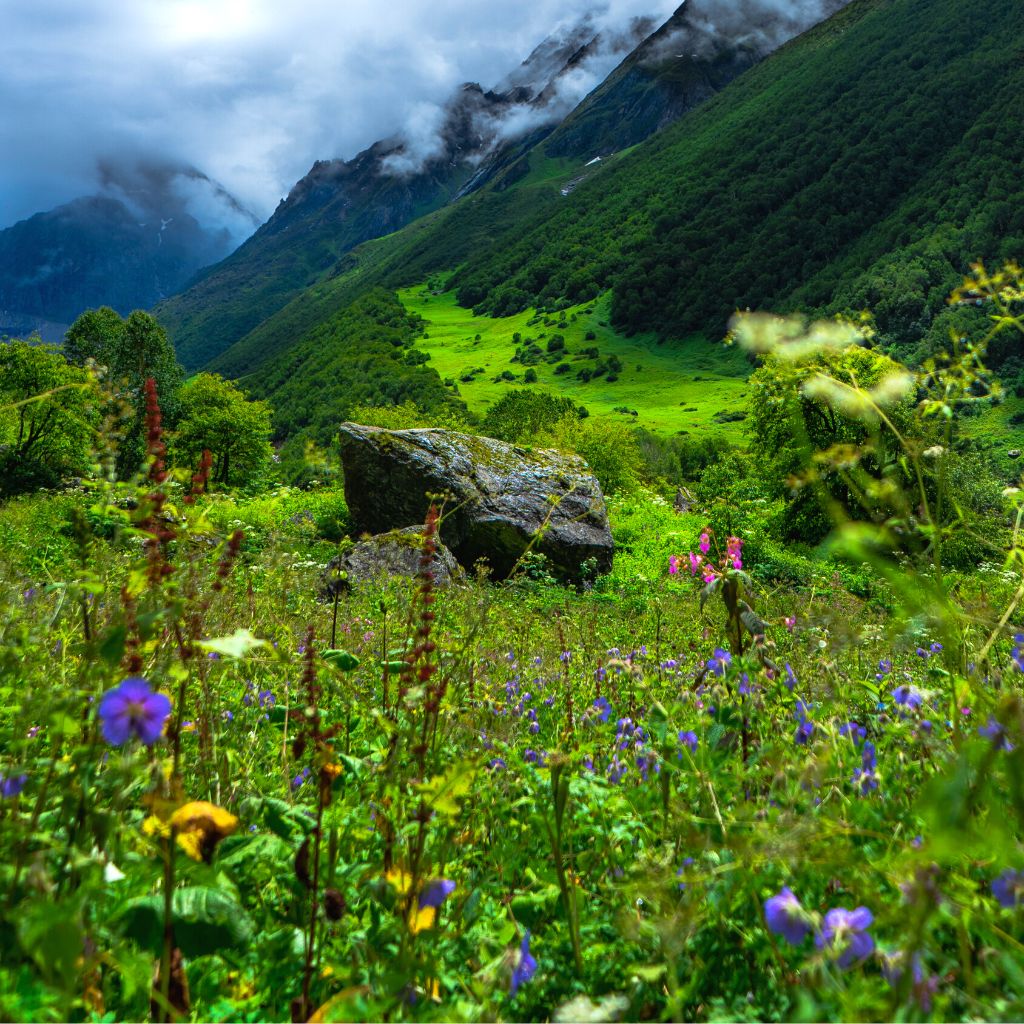
Day 5: Return trek from Ghangaria to Hemkund Sahib
Distance: 12 km (return)
Duration (approx): 8 hours
The fifth day of the Valley of Flowers and Hemkund Sahib trek is a return trek from Ghangaria to Hemkund Sahib. It is advisable to start the trek at around 5 am and return by 2 pm due to unpredictable weather. A 6-km stiff climb to Hemkund Sahib at 15,000 feet is a pilgrimage place every Sikh would like to visit once in a lifetime. The return trek is relatively easy, and the scenery is just as beautiful as on the way up. Once you reach Hemkund Sahib, you will have time to explore the shrine and take in the peaceful atmosphere before making your way back down to Ghangaria. It is advisable to pack your bag with rain gear.
The small but enigmatic Hemkund Sahib Gurudwara surrounded by hills and waterfalls has a beautiful spiritual aura that is calming. There is a holy Talab (pond), also known as Hemkund Lake in which pilgrims take a quick dip because the water is freezing. The feeling of being one with nature and the divine will be unforgettable. The air will be fresh and rejuvenating, and the views are simply breathtaking.
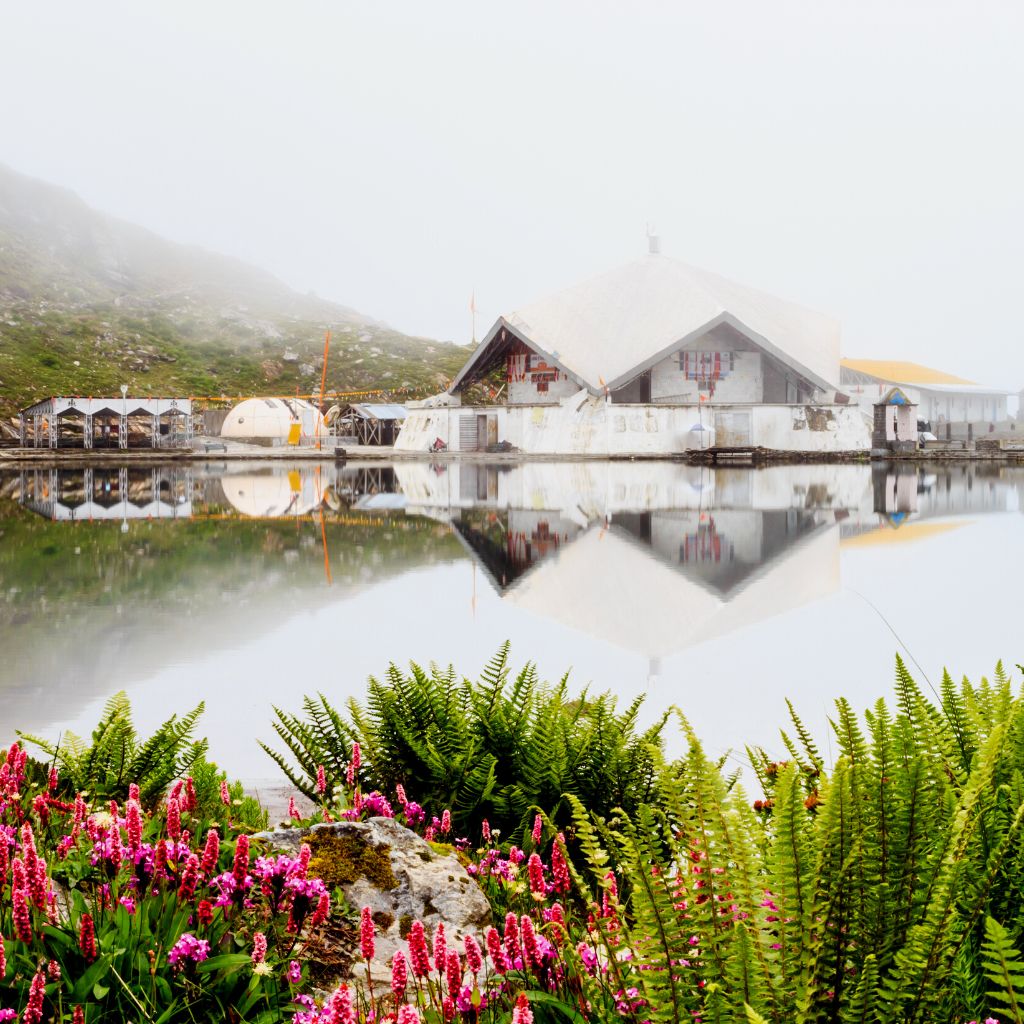
Day 6: Trek from Ghangaria to Govind Ghat and then bus drive to Badrinath temple
Distance: 13 km (trek) & 25 km (road)
Duration (approx): 6 hours (trek) & 1 hour (drive)
On day 6 of the trek, you will first trek from Ghangaria to Govind Ghat. From there, you will catch a bus to Badrinath temple. You can enjoy some time exploring the beautiful grounds and taking in the peaceful atmosphere. This is a great opportunity for trekkers to relax and refuel after several days of rigorous exercise and exploration in the backcountry.
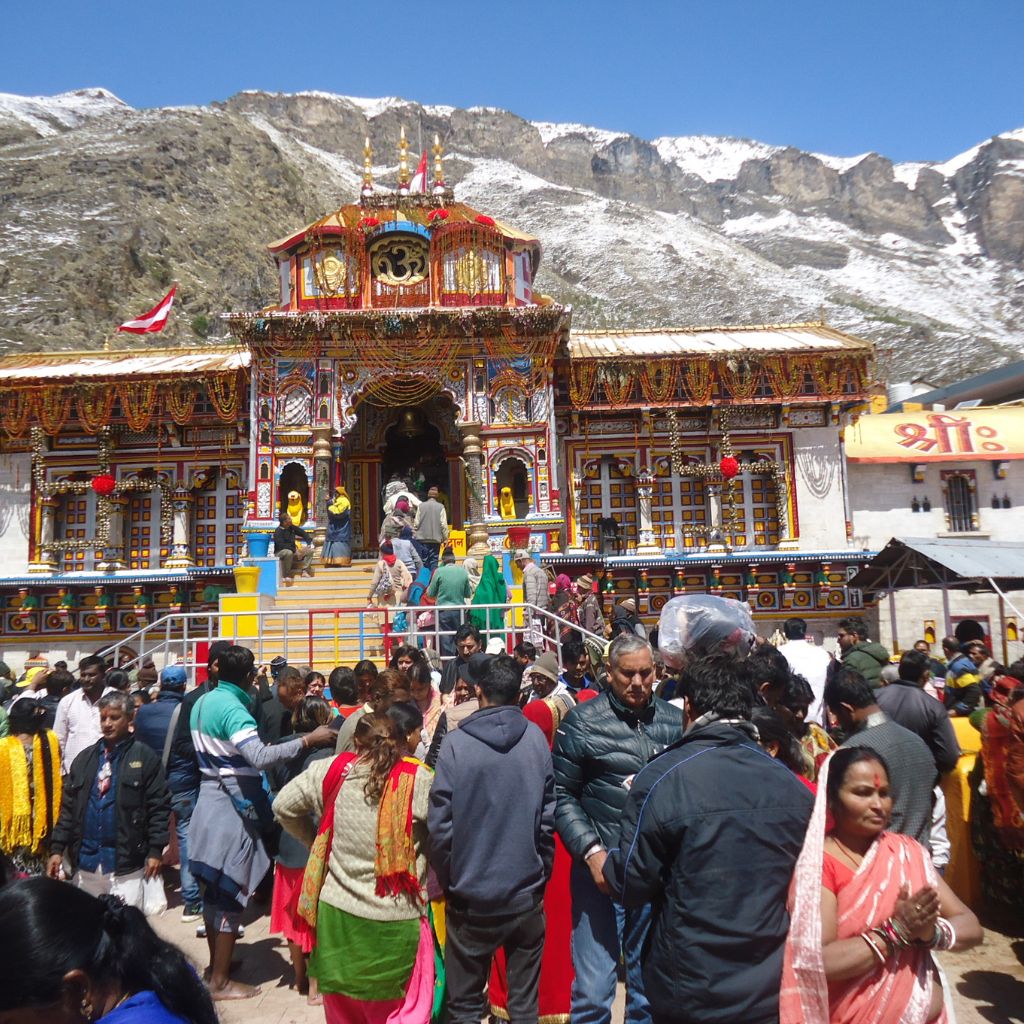
Day 7: Trek from Badrinath to Mana village and Vasundhara Falls
Distance: 17 km
Duration (approx): 7 hours
Day 7 is for exploring places around Badrinath. You will set off from Badrinath to Mana village, located at an elevation of 10,500 feet. Along the way, you will make a short stop at Vyas Gufa, a secluded meditation cave believed to be the site where the ancient sage Ved Vyas wrote the Mahabharata epic. You will also pass by the last tea shop in India. Finally, you will continue your trek to Vasundhara Falls, set amidst beautiful mountain scenery at 12,000 feet and surrounded by lush greenery. This day will be filled with incredible natural wonders, making it one of the highlights of the Valley of Flowers trek.
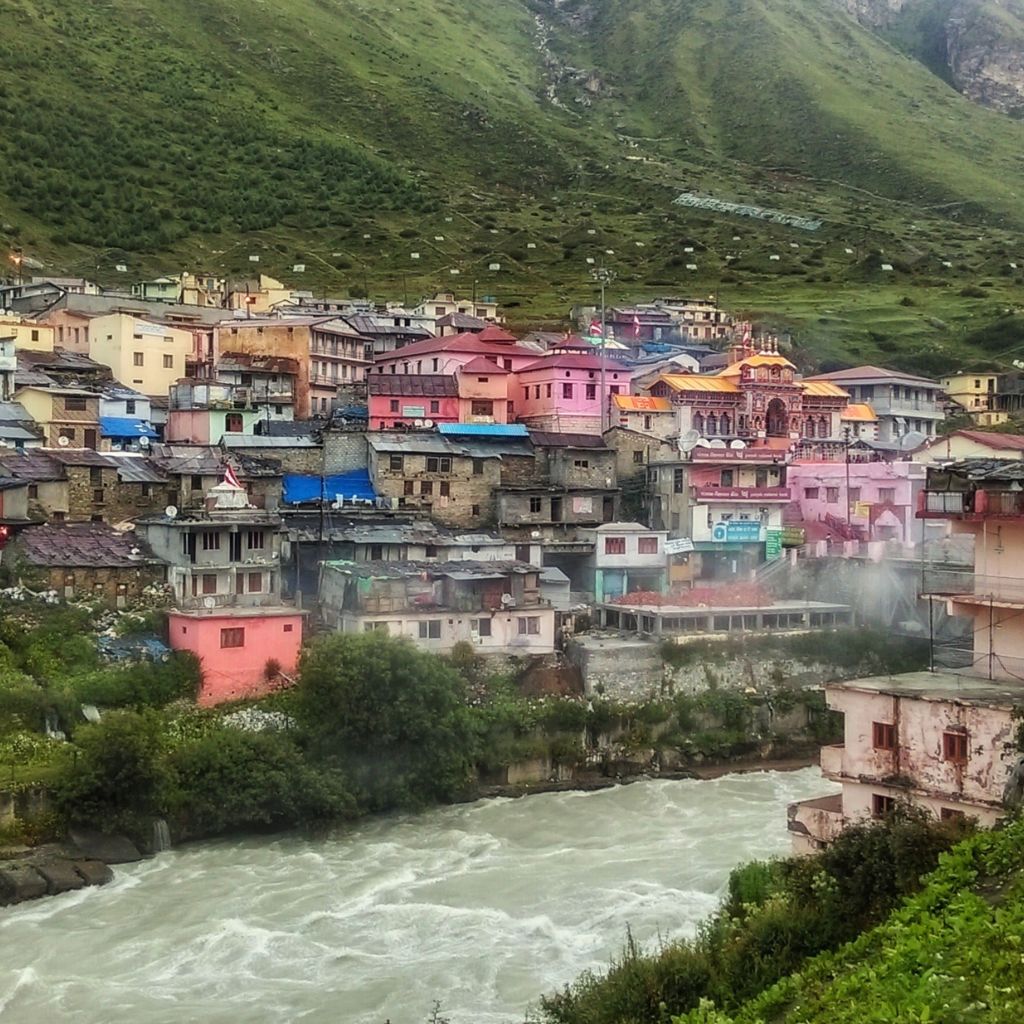
Day 8: Badrinath to Rishikesh and then to your final destination
Distance: 300 km
Duration (approx): 9 hours
On the last day, you will wake up refreshed and ready to tackle the final stretch of the journey. After an energizing breakfast and some heartfelt goodbyes to fellow trekkers, you will board the bus from Badrinath and begin your journey towards Rishikesh – and then to your final destination.
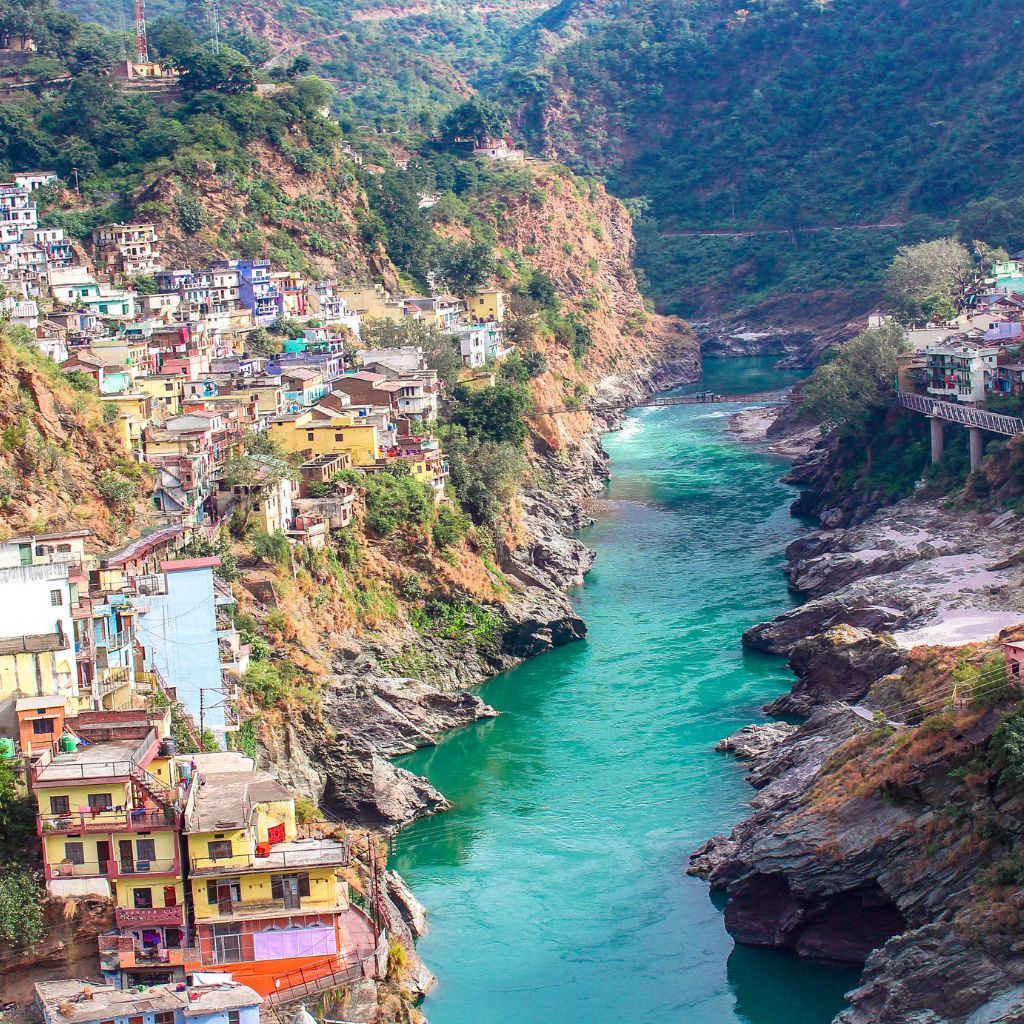
Conclusion
Throughout the eight-day trek through the Valley of Flowers and Hemkund Sahib, you will have many exciting adventures. So what are you waiting for? Start planning for the Valley of Flowers today!
Disclaimer:
This blog may contain affiliate links. At no extra cost to you, we may get a small commission if you buy anything. All products and services we endorse have been personally used or come highly recommended to us. These incomes allow us to keep the community supported and ad-free.

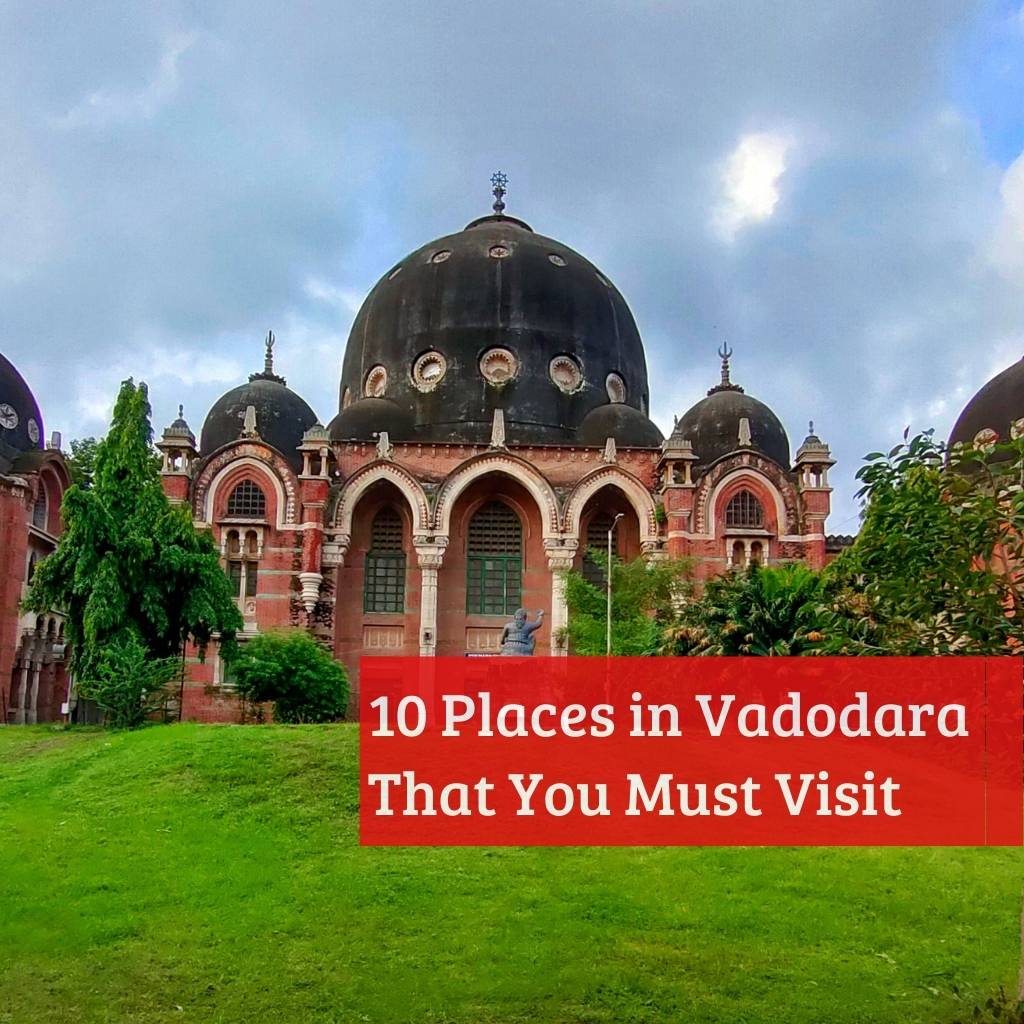
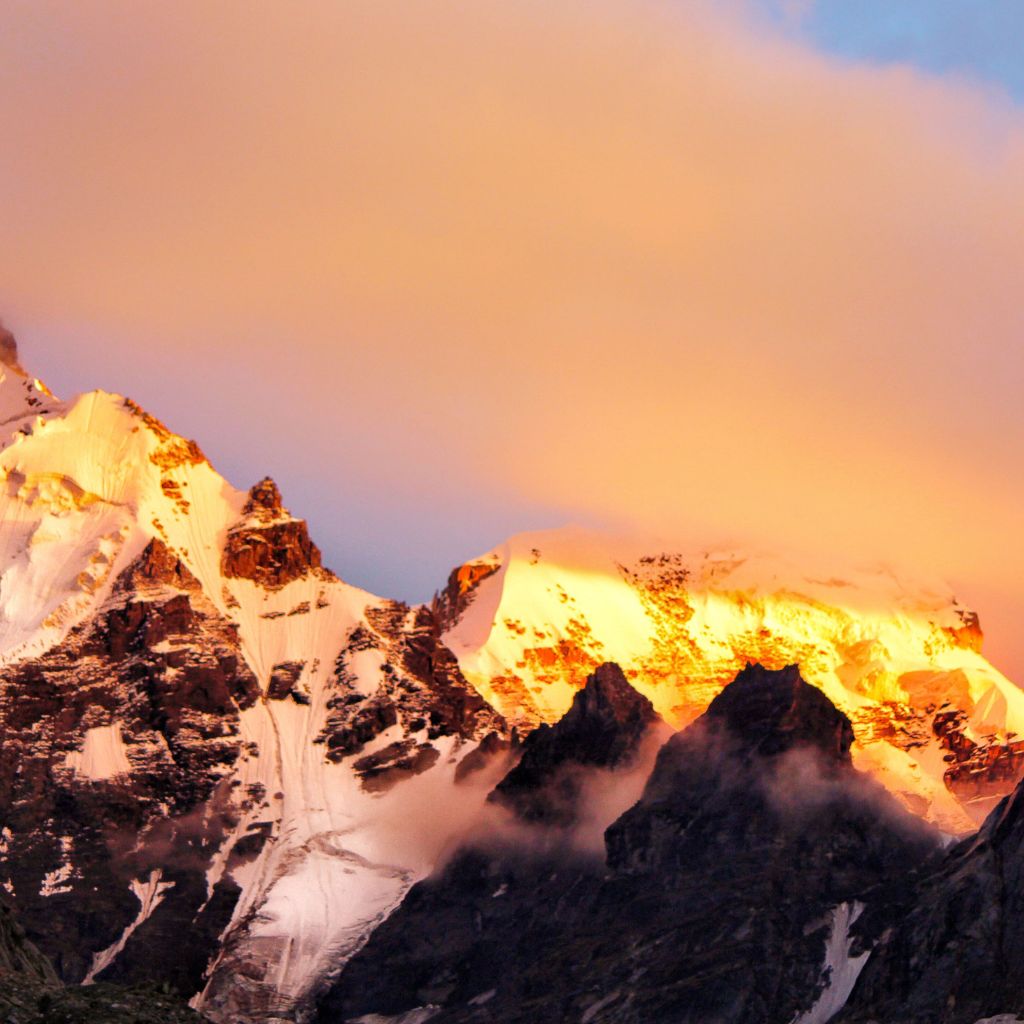
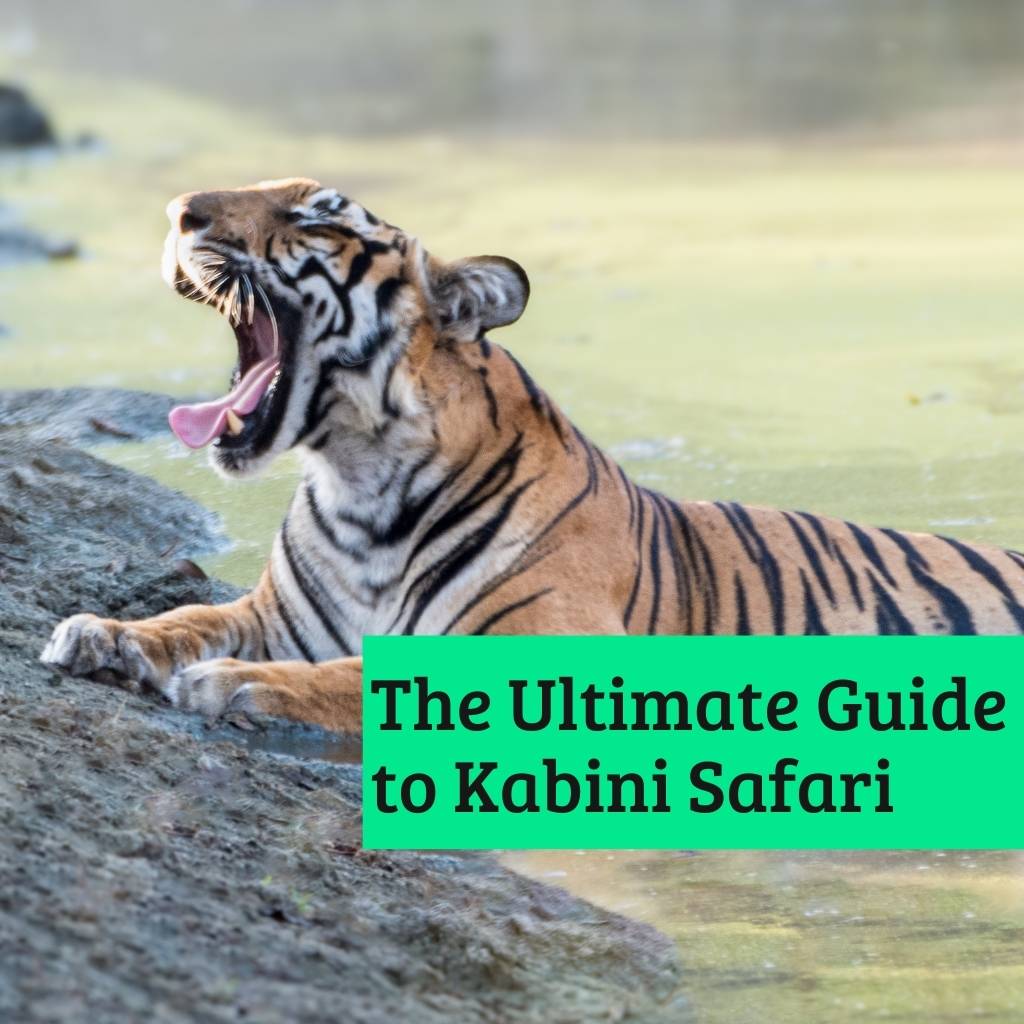
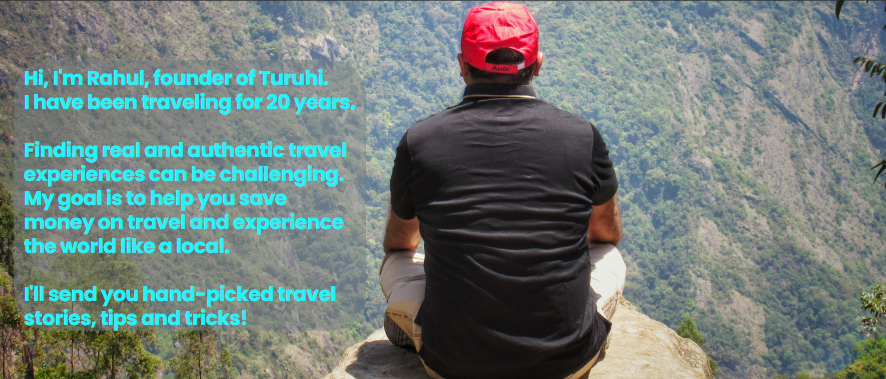
This itinerary is clear, well-planned, and very helpful for first-time trekkers. I love how it blends natural beauty with spiritual experiences like Hemkund Sahib and Mana village—it feels like more than just a trek. One suggestion: adding a quick packing list or fitness tips would make it even more useful!
Is there resting points in trek govinddham to hemmund sahib.what are angles of slopes.are normal shoes sufficied
It is one of the toughest treks in this circuit. You would like to have your trekking shoes for this trek.
Very beautiful pictures and very well narrated story of Uttarakhand and valley of flowers looking so pretty. I am awe-struck to read this story. Mr Deepak thanks for sharing your experience.
Thank you Anand for stopping by and reading. Hope you liked the itinerary.